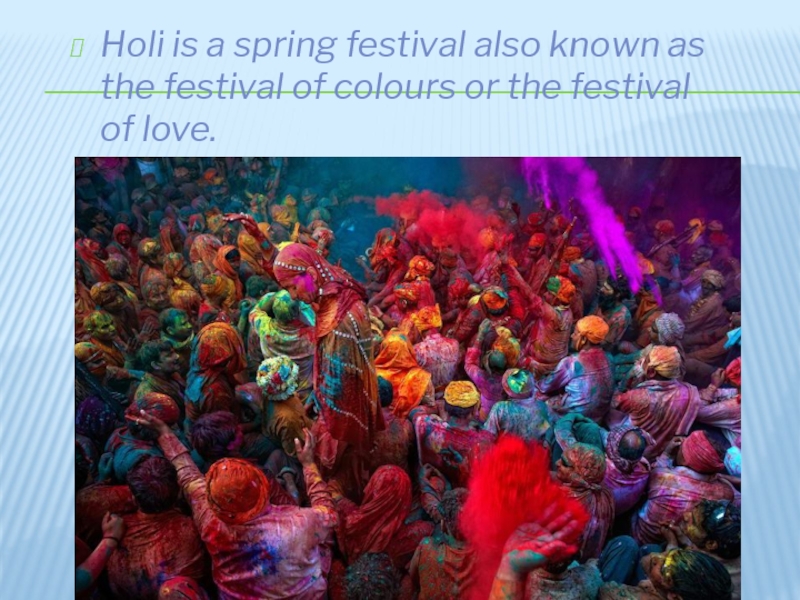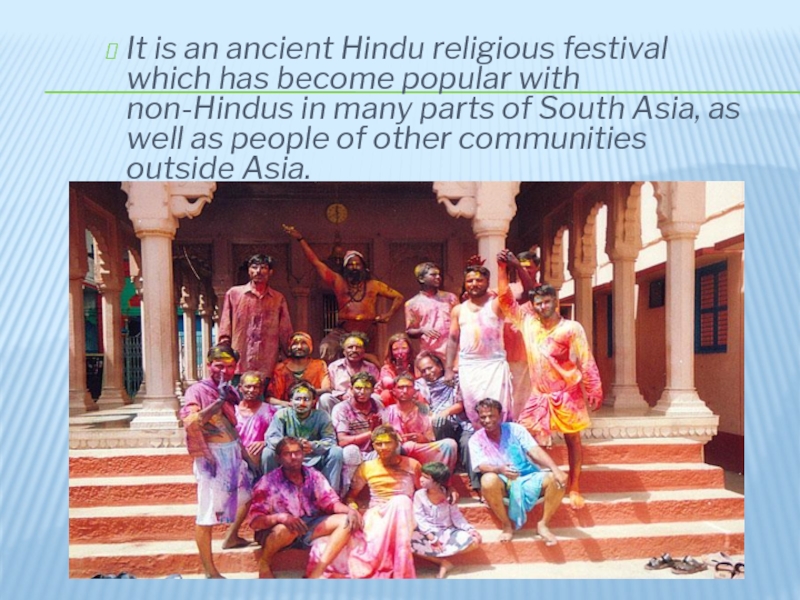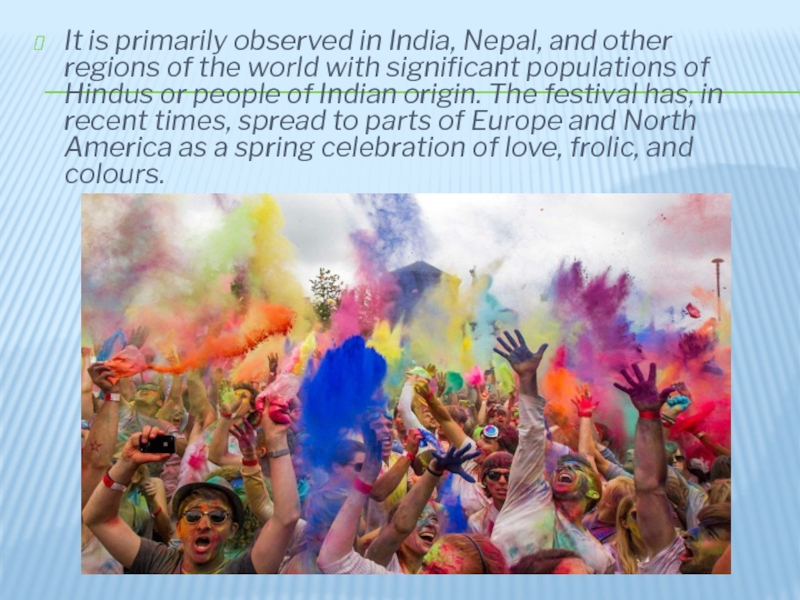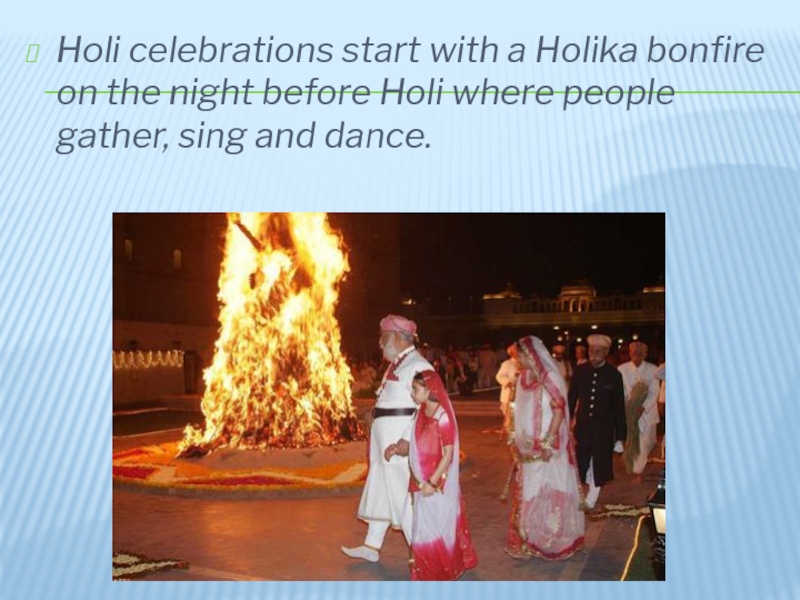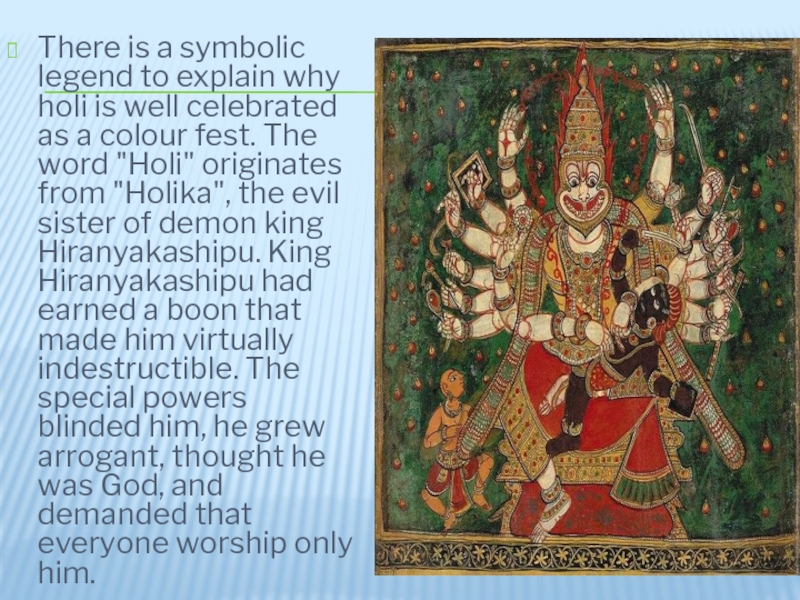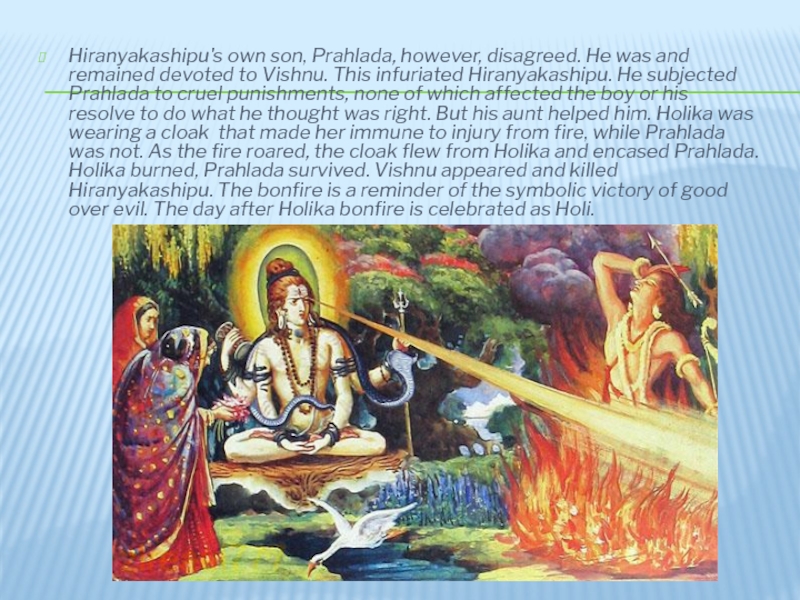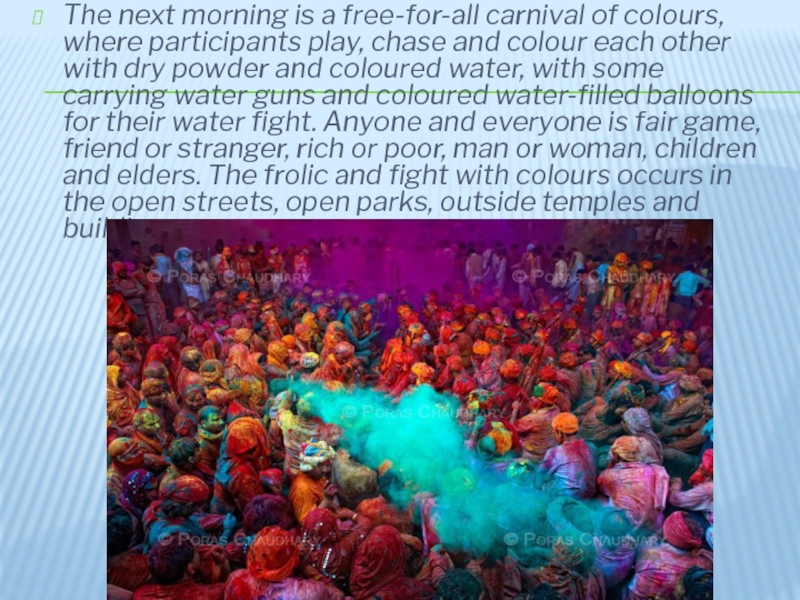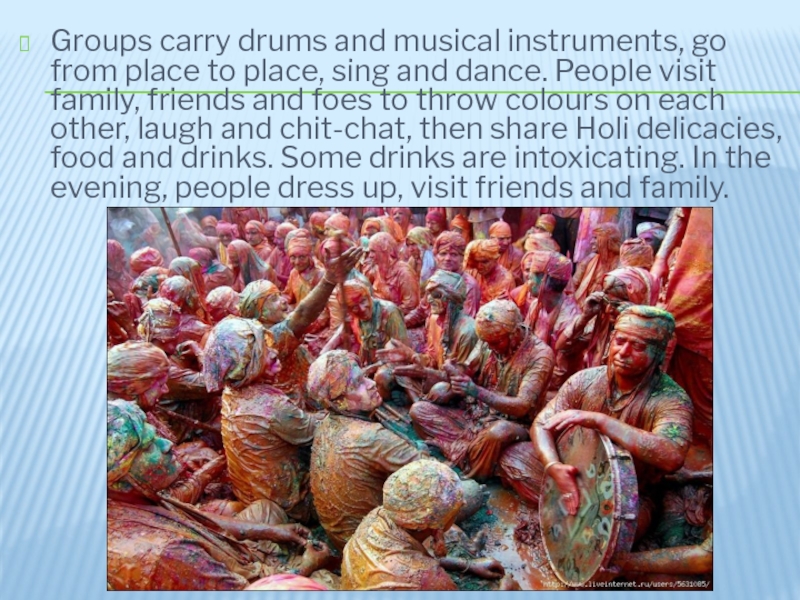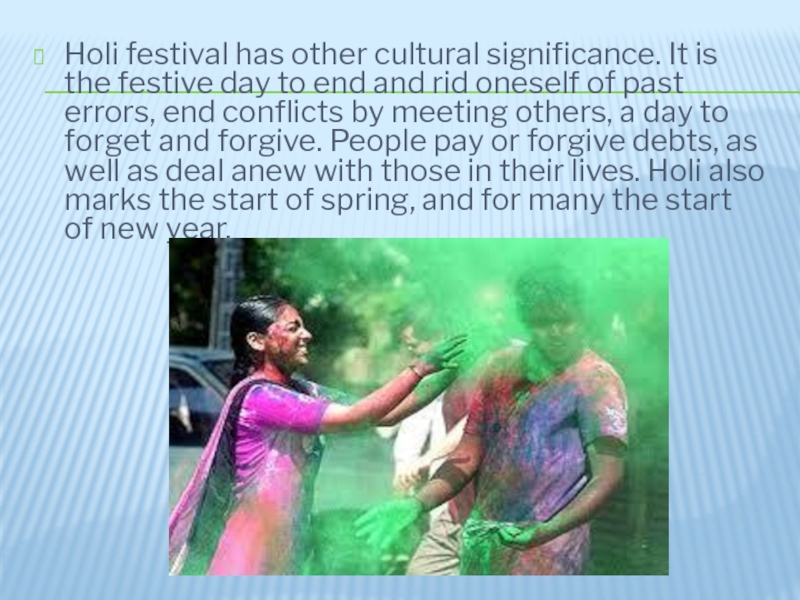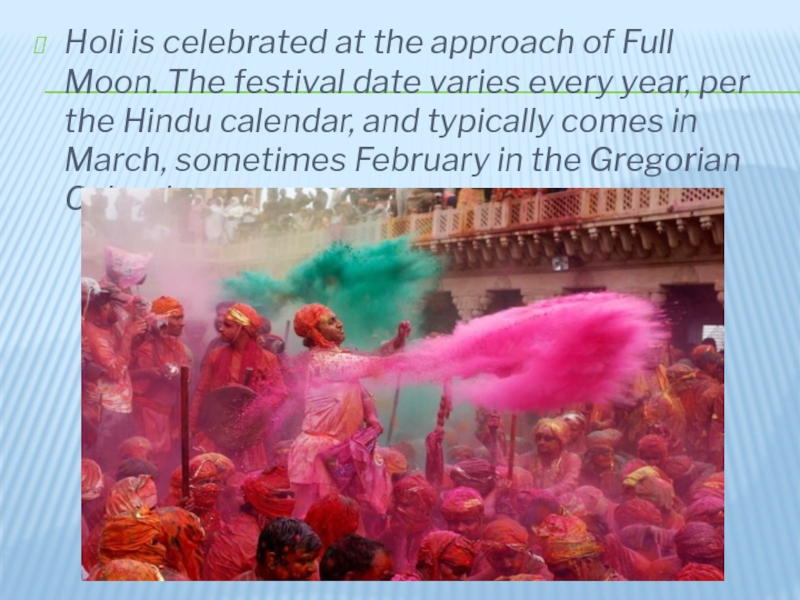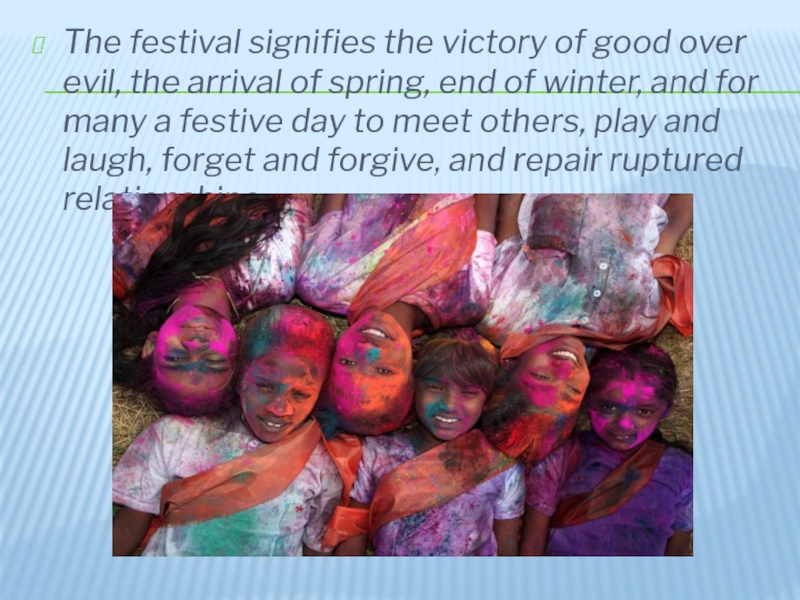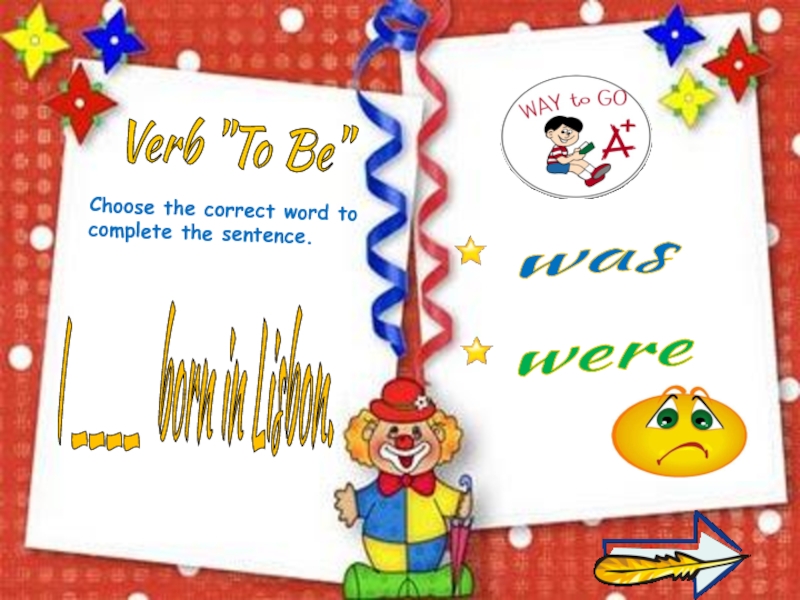- Главная
- Разное
- Дизайн
- Бизнес и предпринимательство
- Аналитика
- Образование
- Развлечения
- Красота и здоровье
- Финансы
- Государство
- Путешествия
- Спорт
- Недвижимость
- Армия
- Графика
- Культурология
- Еда и кулинария
- Лингвистика
- Английский язык
- Астрономия
- Алгебра
- Биология
- География
- Детские презентации
- Информатика
- История
- Литература
- Маркетинг
- Математика
- Медицина
- Менеджмент
- Музыка
- МХК
- Немецкий язык
- ОБЖ
- Обществознание
- Окружающий мир
- Педагогика
- Русский язык
- Технология
- Физика
- Философия
- Химия
- Шаблоны, картинки для презентаций
- Экология
- Экономика
- Юриспруденция
Holidey holi презентация
Содержание
- 1. Holidey holi
- 2. Holi is a spring festival also known
- 3. It is an ancient Hindu religious festival
- 4. It is primarily observed in India, Nepal,
- 5. Holi celebrations start with a Holika bonfire
- 6. There is a symbolic legend to explain
- 7. Hiranyakashipu's own son, Prahlada, however, disagreed. He
- 8. The next morning is a free-for-all carnival
- 9. Groups carry drums and musical instruments, go
- 10. Holi festival has other cultural significance. It
- 11. Holi is celebrated at the approach of
- 12. The festival signifies the victory of good
Слайд 3It is an ancient Hindu religious festival which has become popular
with non-Hindus in many parts of South Asia, as well as people of other communities outside Asia.
Слайд 4It is primarily observed in India, Nepal, and other regions of
the world with significant populations of Hindus or people of Indian origin. The festival has, in recent times, spread to parts of Europe and North America as a spring celebration of love, frolic, and colours.
Слайд 5Holi celebrations start with a Holika bonfire on the night before
Holi where people gather, sing and dance.
Слайд 6There is a symbolic legend to explain why holi is well
celebrated as a colour fest. The word "Holi" originates from "Holika", the evil sister of demon king Hiranyakashipu. King Hiranyakashipu had earned a boon that made him virtually indestructible. The special powers blinded him, he grew arrogant, thought he was God, and demanded that everyone worship only him.
Слайд 7Hiranyakashipu's own son, Prahlada, however, disagreed. He was and remained devoted
to Vishnu. This infuriated Hiranyakashipu. He subjected Prahlada to cruel punishments, none of which affected the boy or his resolve to do what he thought was right. But his aunt helped him. Holika was wearing a cloak that made her immune to injury from fire, while Prahlada was not. As the fire roared, the cloak flew from Holika and encased Prahlada. Holika burned, Prahlada survived. Vishnu appeared and killed Hiranyakashipu. The bonfire is a reminder of the symbolic victory of good over evil. The day after Holika bonfire is celebrated as Holi.
Слайд 8The next morning is a free-for-all carnival of colours, where participants
play, chase and colour each other with dry powder and coloured water, with some carrying water guns and coloured water-filled balloons for their water fight. Anyone and everyone is fair game, friend or stranger, rich or poor, man or woman, children and elders. The frolic and fight with colours occurs in the open streets, open parks, outside temples and buildings.
Слайд 9Groups carry drums and musical instruments, go from place to place,
sing and dance. People visit family, friends and foes to throw colours on each other, laugh and chit-chat, then share Holi delicacies, food and drinks. Some drinks are intoxicating. In the evening, people dress up, visit friends and family.
Слайд 10Holi festival has other cultural significance. It is the festive day
to end and rid oneself of past errors, end conflicts by meeting others, a day to forget and forgive. People pay or forgive debts, as well as deal anew with those in their lives. Holi also marks the start of spring, and for many the start of new year.
Слайд 11Holi is celebrated at the approach of Full Moon. The festival
date varies every year, per the Hindu calendar, and typically comes in March, sometimes February in the Gregorian Calendar.
Слайд 12The festival signifies the victory of good over evil, the arrival
of spring, end of winter, and for many a festive day to meet others, play and laugh, forget and forgive, and repair ruptured relationships.

